116-year Inyathi Mission still exudes medieval charm
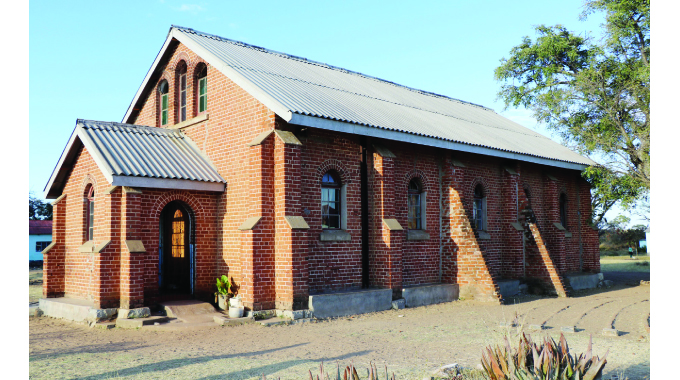
Mashudu Netsianda, Chronicle Senior Reporter
WITH walls of red-coloured rustic clay face bricks, the medieval 116-year-old Inyathi Mission, the country’s oldest Christian mission station and first to offer education to blacks in Zimbabwe still looks charming.
Inside the church building are troves of artwork and memorials relating to the spiritual life of the United Congregational Church of Southern Africa (UCCSA), previously known as the London Missionary Society (LMS), giving it a holistic view of its history.
The pulpit inscribed with the names of the first blacks to be converted by the missionaries, Makaza Nkala and Matambo Ndlovu, is all lit by the daylight streaming in through the stained-glass windows.
For an ordinary visitor, the building is a mere pre-colonial vestige.
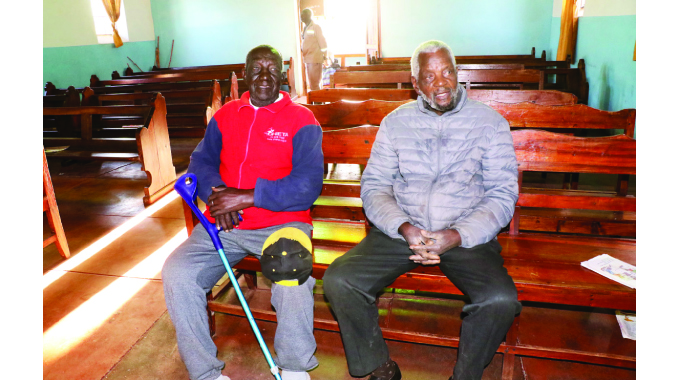
Mr Enock Bhebhe (left) and Jeremiah Khabo inside UCCSA church in Inyathi
From a grass thatched stone wall structure, Inyathi Mission evolved to a modest site consisting of a church of red bricks, which still stands to this day.
Located in Bubi District in Matabeleland North, about 60km north-east of Bulawayo, Inyathi Mission was established in December 1859, the year Ndebele King Mzilikazi gave the Reverend Robert Moffat permission to set up Zimbabwe’s oldest Christian mission station.
Rev Moffat, a Scottish Congregationalist missionary to Africa, and also the father-in-law of explorer David Livingstone, led a column of ox-drawn carts from Kuruman in Bechuanaland (now Botswana), to the Royal kraal of King Mzilikazi at Emhlangeni. He was accompanied by, among others, William Sykes and Thomas Morgan Thomas.
In 1829 and 1835, Rev Moffat visited King Mzilikazi – then in the Transvaal, South Africa – and established a life-long friendship.
In 1854 he was the first European to visit King Mzilikazi in Matabeleland, where the Ndebele had settled in 1840.

King Mzilikazi’s statue
Rev Moffat had moved to the Ndebele state in an effort to avoid Trekboers with whom he had unsuccessful clashes in the Transvaal.
Later, he helped to found a permanent LMS mission among the Ndebele between 1859-1860.
King Mzilikazi consented to Moffat and the LMS entering his kingdom on condition that they did not engage in religious activities.
He had hoped to use them as agents for trade with traders from South Africa.
The LMS established its mission station at Inyathi, a stone’s throw from Emhlangeni so that King Mzilikazi could keep a close eye on their activities.
Mr Jeremiah Khabo (94), one of the few remaining connoisseurs when it comes to Inyathi Mission’s rich history, said Rev Moffat led a group of missionaries who arrived in the country first before the colonial settlers.
He said Rev Moffat preached the Gospel for nearly 40 years with no one among the Ndebele people repenting.
“People only came to the missionaries to ask for gifts.
Ndebele women, who at the time walked virtually naked, would go to the missionaries and be given pieces of clothing material to cover their bodies,” he said.
“After almost 40 years of trying to convert Ndebeles to Christianity, Makaza Nkala became the first Ndebele person to be proselytised in 1897.
At the height of the Anglo-Ndebele War, Nkala took a wagon and whisked away some missionaries from Inyathi to an area, where City Hall in Bulawayo is now located and hid.”
Mr Khabo said the commander of the Ndebele army General Mtshana spotted Nkala leading the missionaries and followed them to Bulawayo.
They were saved by King Lobengula who restrained his commander from killing the missionaries.
However, upon returning home, Nkala was ambushed and killed by some members of the Ndebele army accusing him of being a sell-out.
“To us, Nkala became the first black martyr to die for what he believed in and that is why we still honour him to this day.
He was buried at a historical cemetery together with other pioneering missionaries,” said Mr Khabo, who first attended school at Inyathi Mission in 1937.
Mr Khabo said he would cycle a distance of 8km daily to and from school.
“We began with what was called kindergarten followed by Sub A and B before proceeding to Standard One to Six.
You could only enrol into the boarding school from Standard Three to Six,” he said.
“As we proceeded to the higher grades, there were a lot of drop-outs due to marriages since some learners were already in their teens when they started school.”
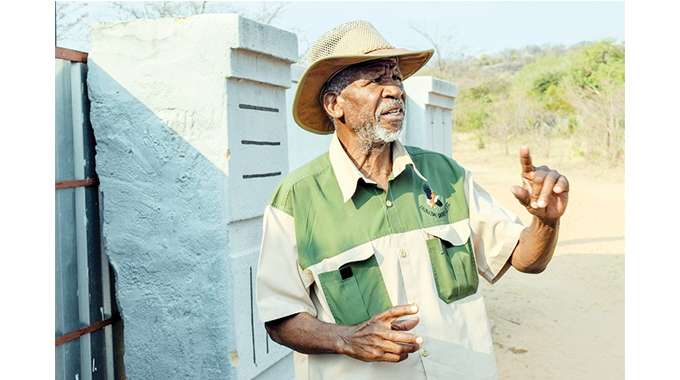
Mr Pathisa Nyathi
Renowned historian and author, Mr Phathisa said Inyathi Mission started as a school for boys in 1921 and by the 1950s it had three distinct components.
“There was the Central Primary School offering standards 4, 5 and 6 where Mr Mdluli was the head; the Industrial School offering post Standard Six training in carpentry whose instructor was Planks Kgosidintsi.
There was leatherwork where Yilo Gumede was the instructor and building which was taught by Mr Masola,” he said.
“The final component was the secondary school which opened in 1953 with Peter Sivalo Mahlangu as teacher. Mahlangu was among the very early African university graduates in Southern Rhodesia having graduated from Fort Hare in South Africa.”
Mr Nyathi said at the time, students were doing a three year South African Junior Certificate course.
Coming on stream then was the two-year Rhodesia Junior Certificate (RJC) to be followed by a further two years leading to the Cambridge Overseas School Certificate Examinations.
He said Inyathi High School (formerly, Inyathi Secondary School and prior to that Inyathi Mission) is the oldest formal educational institution of any kind in Zimbabwe.
It was designed along the lines of the traditional British Boarding Public School System.
Together with sister institutions of Dombodema High School (Mission) in Plumtree and Tennyson Hlabangane High School (formerly known as Hope Fountain Mission), Inyathi High School is privately owned by the UCCSA, which is itself an offshoot of the LMS.
Mr Nyathi said the choice of location for Inyathi Mission was largely influenced by the need to be closer to King Mzilikazi’s Royal Kraal for protection and safety.
“Inyathi Mission is in proximity to the king, which guaranteed protection and safety for these missionaries.
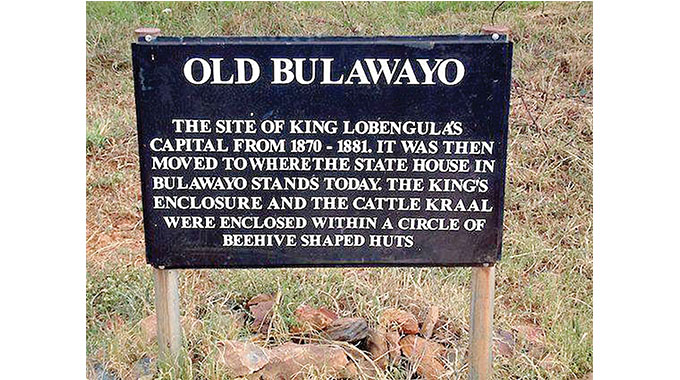
Old Bulawayo
They arrived 1859, but when Mzilikazi died in 1868 with Lobengula succeeding him in 1870, they moved with him and established Hope Fountain Mission, which was also close to the king in what is now Old Bulawayo,” said Mr Nyathi.
Hope Fountain Mission was opened the same year King Lobengula was inaugurated.
Mr Nyathi said the basis of the friendship between King Mzilikazi and Robert Moffat hinged on the king’s self-interests.
“Mzilikazi had come to realise that military power rested with possession of certain weapons they didn’t have especially guns.
The people who gave Mzilikazi problems were the Griquas because they had guns and rode horses hence, he needed the weapons to balance power against those aligning themselves with Sotho groups,” he said.
“Through that friendship Mzilikazi ended up with wagons and guns from the traders and those missionaries.
The friendship has nothing to do with religion brought by the missionaries.”
Mr Nyathi said king Mzilikazi, including his son, Lobengula, never converted to Christianity.
“The missionaries were interested in pacifying the general perception of being viewed as war-like people.
That is why you find that these missionaries, not only the LMS, but the Catholics as well, opened a mission in 1879 during the time of King Lobengula,” he said.
Mr Nyathi said the pre-colonial missionaries were the LMS and the Jesuits, which belong to the Catholic Orders.
“In 1560, Gonçalo da Silveira, established his presence in Mashonaland having arrived from Portugal, which was Catholic, but he was killed and effectively Inyathi becomes Zimbabwe’s first and oldest mission station during the pre-colonial period,” he said.
Mr Nyathi said the major focus of the missionaries was to proselytise locals, converting them from African spiritualism to Christianity and building clinics and hospitals.
“The LMS’ progressive policies enabled women as well as men to gain western style education and take leadership roles in the church.

Late Vice-President Dr Joshua Mqabuko Nkomo
The LMS was a seedbed for Zapu, a nationalist movement led by the late Vice-President Dr Joshua Mqabuko Nkomo,” he said.
Mr Enock Mahamba Bhebhe (92), a former headmaster at Inyathi Mission said: “I attended school at Whitewater Primary School in Matobo District up to Standard Three before I transferred to Inyathi Mission in 1946 and completed Standard Six in 1948.”
After completing Standard Six, Mr Bhebhe enrolled at Hope Fountain Mission, another LMS-run school, for a two-year teacher training course.
“In 1951, I started teaching before I left teaching and continued with my studies.
I went back to teaching and taught at Ntabazinduna for three years before I came to Inyathi Mission as headmaster in 1973 until 1998 when I retired,” he said.
“During my tenure as a headmaster a number of classroom blocks including teachers’ cottages were built.”
@mashnets

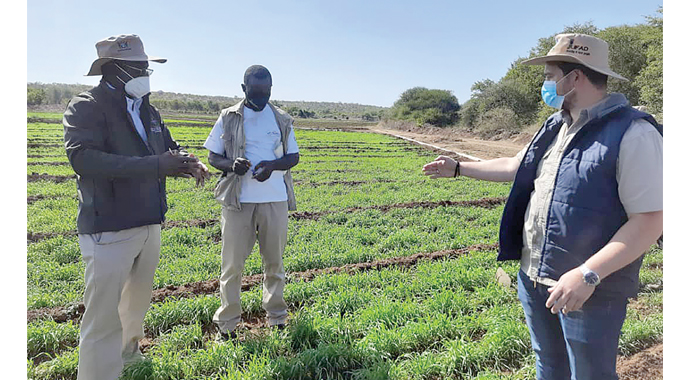

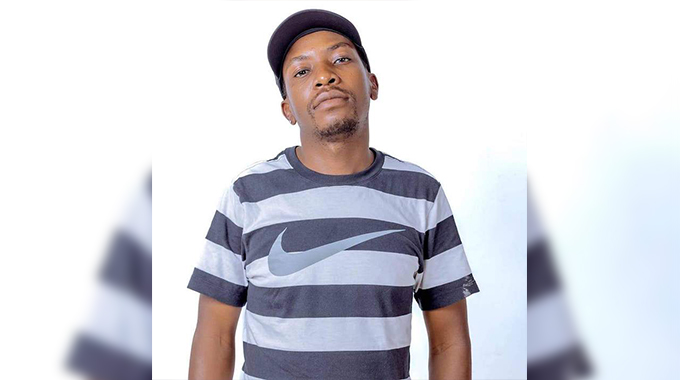
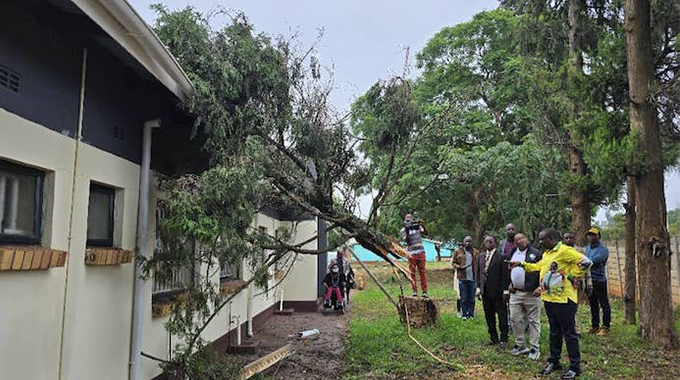







Comments